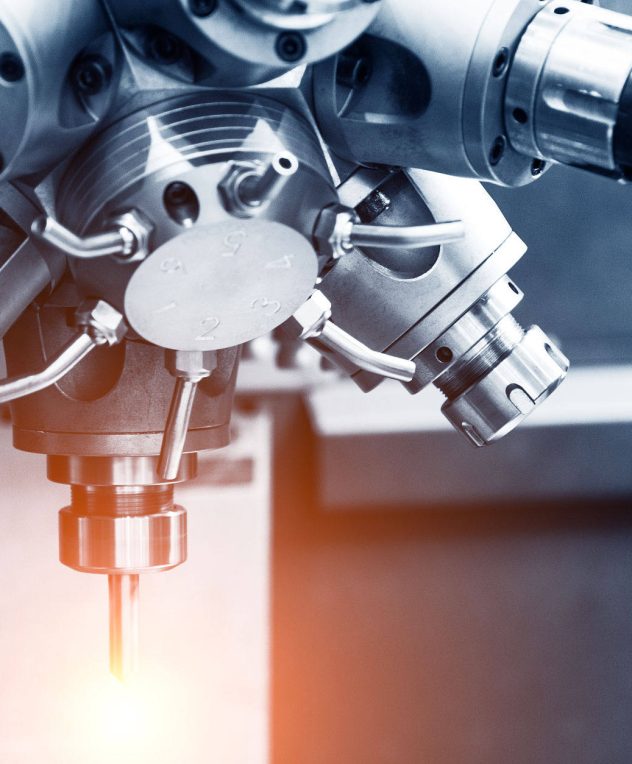
ISO Turning Tools: Classification and Characteristics
ISO turning tools are standardized tools for turning operations on lathes. They share a common shank geometry and a system of symbols to indicate their shape, dimensions, tolerance and material.
According to their cutting part materials, ISO turning tools can be classified into three types: high-speed steel (HSS) tools, cemented carbide tools and ceramic tools.
HSS tools consist of high-speed steel, which has high hardness and toughness at high temperatures. They can perform low-speed and rough turning of various materials, especially for interrupted cutting and complex shapes. HSS tools have the advantages of low cost and easy regrinding, but they wear out quickly and have poor thermal conductivity.

Cemented carbide tools comprise cemented carbide, which is a composite material of hard carbide particles bonded by a metal binder. They have high hardness, wear resistance and thermal conductivity, and can withstand high cutting speeds and feeds. They can perform high-speed and finish turning of various materials, especially for continuous cutting and stable conditions. However, cemented carbide tools are expensive and difficult to regrind, and they are brittle and sensitive to impact and vibration.
Ceramic tools consist of ceramic materials, such as alumina, silicon nitride and cubic boron nitride. They have higher hardness, wear resistance and thermal stability than cemented carbide tools, and can withstand very high cutting speeds and temperatures. They can perform ultra-high-speed and hard turning of difficult-to-cut materials, such as hardened steel, cast iron and superalloys. Ceramic tools are cheap and do not need regrinding, but they have very low toughness and fracture resistance, and require rigid machines and workpieces.







Leave a Reply